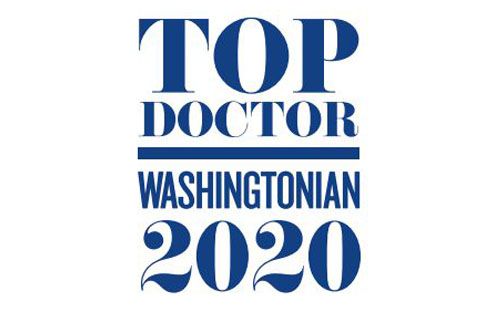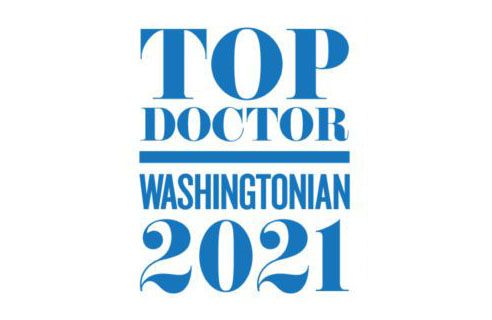A nipple sparing mastectomy is a new approach to the traditional mastectomy that preserves the breast skin envelope and nipple by only removing the internal glandular tissue. Immediately following the mastectomy, breast reconstruction surgery occurs with the use of a temporary spacer (tissue expander), breast implant, or natural tissue (DIEP flap). Nipple sparing mastectomy is an excellent option for certain patients with early-stage disease or those having preventative mastectomies.
Did you know…
More women are choosing bilateral mastectomies when they are diagnosed with one-sided breast cancer. The non-cancer side can be nipple-sparing even when the nipple has to be taken on the cancer side.





